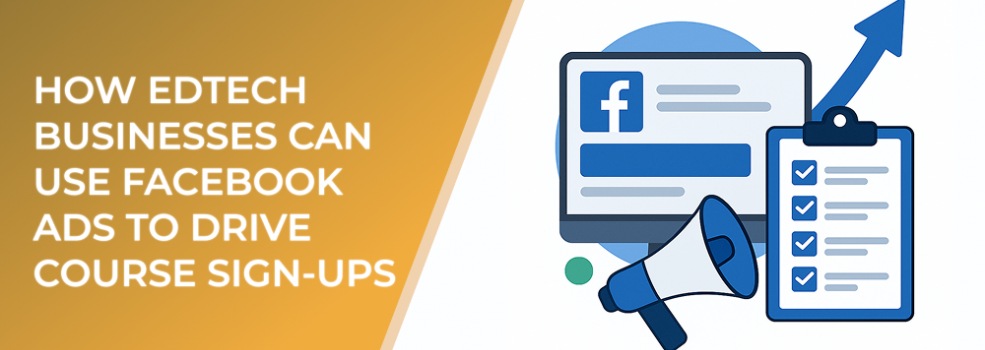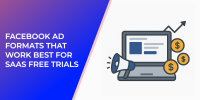With over 3 billion monthly active users, Facebook remains one of the most powerful platforms for reaching potential learners. In fact, 72% of internet users actively search for educational content online, and 49% of learners discover new courses through social media. For EdTech providers, Facebook Ads offer a unique opportunity to capture attention at scale.
Key Targeting Strategies
Distribution of subjects highlighted in EdTech advertisements
-
Interest-Based Targeting
Target users interested in online learning, specific skills, or industry certifications. For example, audiences interested in coding, digital marketing, or language learning are prime segments. -
Lookalike Audiences
Upload existing student lists and let Facebook find people with similar profiles. This expands your reach while maintaining audience relevance. -
Retargeting Warm Leads
Many learners browse course pages without enrolling. Retarget them with Facebook Ads showcasing course benefits, testimonials, or limited-time discounts.
Best Ad Formats for Course Sign-Ups
-
Video Ads: Demonstrate learning outcomes with short previews of course modules or student success stories.
-
Carousel Ads: Highlight multiple courses or different modules in a single campaign.
-
Lead Ads: Allow users to register interest directly within Facebook, reducing friction.
Budgeting and Optimization Tips
According to industry benchmarks, the average cost-per-lead (CPL) for education ads on Facebook ranges between $15–$55. To optimize:
-
Start small and test multiple creatives.
-
Allocate more budget to high-performing audiences.
-
Track conversions using Facebook Pixel and adjust based on real enrollment data.
Measuring Success
Key Facebook Ads benchmarks: CTR, conversion rate, and ad revenue projections
Key performance indicators (KPIs) for EdTech Facebook campaigns include:
-
Click-Through Rate (CTR): Shows initial engagement.
-
Cost Per Lead (CPL): Measures efficiency of spend.
-
Conversion Rate: Tracks actual sign-ups after clicking the ad.
EdTech companies that consistently monitor these metrics see up to 35% higher course enrollment rates compared to those running untargeted campaigns.

